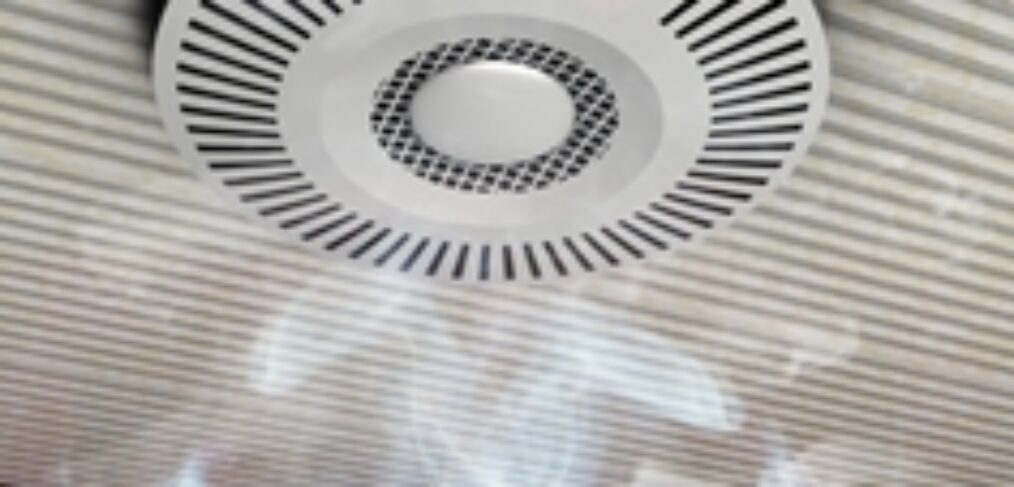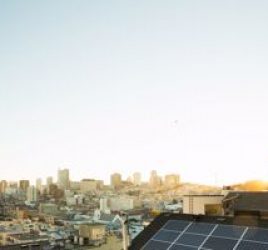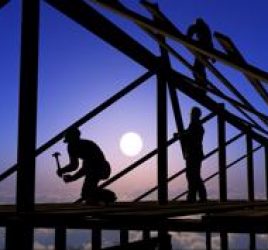
What is FRP and when should you use it?
Fibreglass reinforced plastic (FRP) grating is a type of industrial flooring used across a broad range of industries. Typically it is found in walkways and overhead platforms.
FRP grating is extremely durable, non-corrosive and doesn't conduct electricity, which often makes it a safer alternative to other flooring materials traditionally used in harsh and high-risk environments.
In this article we look at how FRP grating is made, some of the benefits of using it and the common places where you might find it.
How is FRP grating made?
FRP grating is made by combining fibreglass and resin. The fibreglass gives the finished product its strength, while the resin makes it resistant to corrosive substances.
What is the difference between moulded and pultruded FRP grating?
Moulded FRP grating is a mesh of horizontal and vertical layers of liquid resin and continuous fibreglass rovings. As the name suggests, it is made in a large metal mould.
The multi-directional strength of moulded FRP grating means cut-outs to make room for pipework or to navigate complex flooring layouts don't need extra reinforcement. Another advantage of moulded FRP is that it comes in standard sizes, which can be ordered in bulk and stored until needed.
Pultruded FRP grating uses a different manufacturing process. It takes the resin and glass fibres and pulls them through a series of steps to combine them into a new composite material.
It doesn't use a mould so there is more flexibility when creating different shapes and sizes. And often less waste. Pultruded FRP grating has a higher glass to resin ratio, increasing its strength and span capability.
Where is FRP grating used?
FRP grating is usually found in hazardous or harsh environments where it may be subject to the elements or come into contact with dangerous and corrosive chemicals. Here are some examples of situations where FRP grating is used:
- On ships and offshore installations: the tough, durable nature of FRP grating makes it ideal for ships and oil rigs or other offshore installations. It can be exposed to wind, rain and extremes of temperature and it can be submerged in water. It is also lightweight and relatively easy to transport.
- Working with flammable materials: FRP grating doesn't give off any sparks, so it is often seen as a safer alternative to steel or other metals around flammable materials. For example, dropping metal objects on it would not create sparks, potentially causing atmospheric gases around it to ignite.
- In electrically hazardous environments: FRP grating is often used in electrically hazardous environments because it is non-conductive. It therefore reduces the risk of electric shock or other injuries in the event of an accident involving electricity.
- In chemical plants: FRP grating is non-corrosive. This can make it the ideal material for walkways, platforms and other surfaces in chemical plants where there is a risk of corrosive materials leaking or being spilled.
- On complex construction sites: the ease of transporting, storing and cutting FRP grating makes it a flexible and cost-effective solution for site work. Construction firms are able to use standard cutting tools to make FRP grating fit complicated and fluid site layouts.

Other uses of FRP grating include:
- Bridges
- Commercial-grade catwalks
- Drain covers
- General commercial flooring
- Gully covers
- Jetties
- Ladders
- Machinery housing
- Platforms and raised walkways
- Pool decks
- Ramps
- Screens and protective shielding
- Steps and stairs
- Track crossings
- Wash bays
What are the benefits of FRP grating?
FRP grating has a number of benefits, some of which we covered in the previous section. Here are the main reasons it is chosen over metal and other grating alternatives:
- Durable: FRP grating is able to withstand harsh environments for extended periods of time without being damaged or degraded. It is low maintenance and easy to clean. And the moulded-through colour means it won't need to be repainted.
- Fire resistant: while specific fire ratings will depend on the individual product, generally speaking FRP grating offers a high level of resistance to heat and fire.
- Flexible: it is easily cut to fit particular flooring layouts and can be adjusted as layouts change, which reduces waste and saves on extra costs.
- Lightweight: FRP grating is easier to transport and store than other grating alternatives, which reduces costs and avoids stoppages and delays to projects.
- Non-conductive: it doesn't conduct electricity, so it is safer in electrically hazardous environments.

- Non-corrosive: FRP grating doesn't corrode, so it can be used around dangerous chemicals where spills and leaks are a potential risk.
- Non-magnetic: unlike steel and some other grating alternatives, FRP grating is non-magnetic, which makes it is safer in situations that are sensitive to magnetic fields.
- Non-slip: a grit-top surface can be added to FRP grating that helps reduce the chances of slipping.
- Non-sparking: it doesn't spark, so it reduces the risk of fire when working with or around highly flammable liquids or gases.
- Strong: FRP grating has a good strength to weight ratio meaning it can handle substantial loads. Again, precise load ratings vary from product to product.
Learn more about FRP grating
Locker offers a wide range of industrial flooring products and solutions, including fibreglass reinforced plastic grating. This product brochure provides in=depth information about Locker's FRP grating, including a load table and a chemical resistance table.



